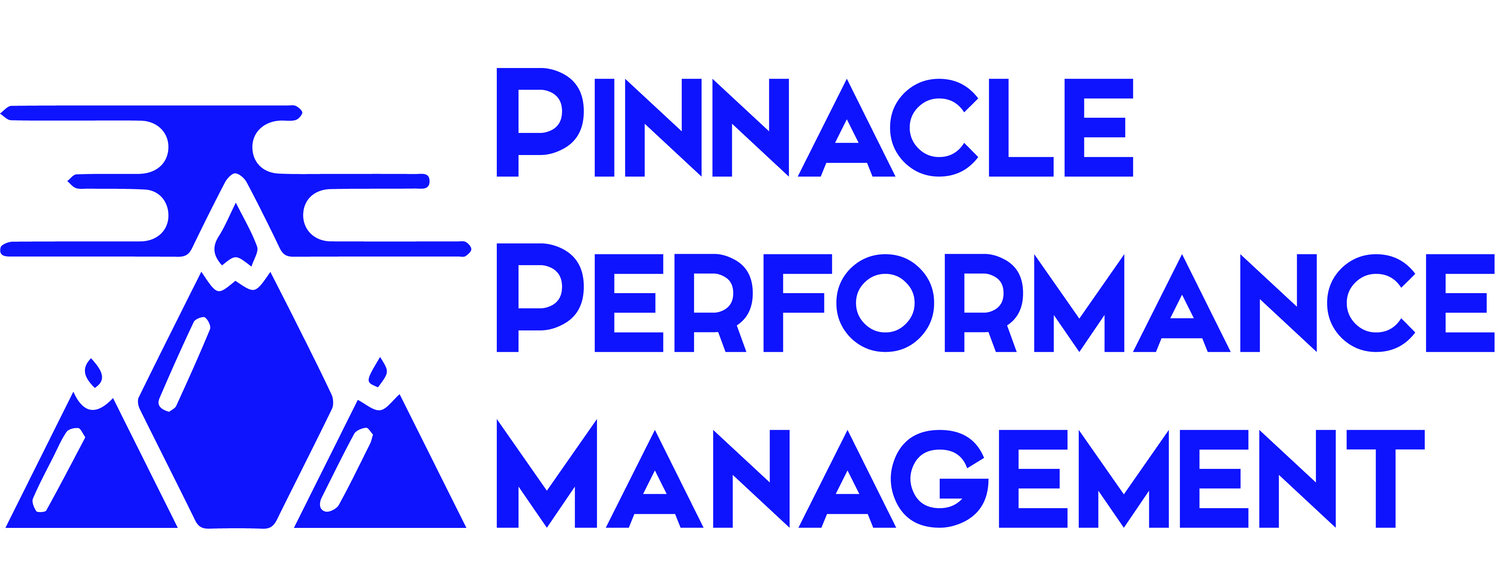We're Gonna Need a Bigger Boat
In the 1975 movie Jaws by Steven Spielberg, Sheriff Brody, played by Roy Scheider, gives the classic line "You're gonna need a bigger boat" after coming face to face with Jaws, the monster shark they are hunting; a shark that had been menacing the beaches around the town of Amity on Long Island. The movie does a good job portraying the psychological biases that we see on display currently with COVID-19; politicians in denial, exhibiting optimism bias (this is really not that bad)- so let's get back to business, normalcy bias-we will easily find the shark and kill it as in the past, to name just a few. So far, the response here in the USA and some parts of the world has been similar, running behind the curve and failing to come to grips with how large this crisis is. We are truly going to "need a bigger boat" to tackle this pandemic.
In one of my recent blog posts I posited a thought experiment, to think of the coronavirus or COVID-19 as the enemy saboteur, personified as a super villain and where it would attack first? At this point I will dispense with the "thought experiment" as I think the impacts of what we are likely to see in the weeks and months to come are far too evident, so the change in tense is intentional. Here is what we are seeing and likely to see:
COVID-19 will overwhelm our healthcare system, which it is starting to do. It has started attacking the acute care system (ER units) and specialized cardio vascular departments in large health care systems and will do so to the primary care system. It is intimidating older doctors and health care workers, who are at most risk, and will start to diminish their ranks in the weeks to come as they start to get sick with COVID-19; this is largely due to repeated exposure to COVID-19 and no access to disposable personal protective equipment (PPE), or not following appropriate precautions in a timely manner. Medical supply chains will be disrupted: vital equipment, pharmaceuticals, and medical consumables, including PPE are in short supply and will continue to be in the weeks to come. We will see more and more make-shift medical shelters set up to alleviate the suffering of COVID-19 patients.
The power grid and power production sites will feel its effects. It will impact the maintenance and support crews that tend to the power plants, transformer stations, and transmission lines.
COVID-19 will impact the transportation sector and international shipping. The global, integrated supply chain is ripe with multiple targets: major commercial ports, large container and cargo vessels, commercial rail and trucking, and then local shipping.
Vital goods, parts, and other supplies will be in short stock or missing which will impact overall manufacturing, including the Just-In-Time supply chain. However, the most critical element will be the food supply chain and water. The U.S. food supply chain is dependent on migrant workers, many of whom will find it difficult to travel from one part of the country to another. A lack of workers would hobble producers both in the U.S., Mexico and throughout the Americas. Water supply might be available, but ensuring water safety will be challenging with many laborers and specialists sick themselves, tending to sick family members or still under quarantine.
Wildfires in the Western U.S., riverine flooding, and tornadoes are just beginning. Already exhausted first responders and depleted emergency managers will likely not be fully capable to respond, due to illness themselves, quarantine, or may be tending to sick family members. Mutual aid is no longer an option with all regions reeling from the effects around the country. Coordinated and sustained emergency responses to massive natural hazards will be weak at best. With systems and populations weakened, massive displaced populations may seek refuge in emergency shelters that provide basic food provisions and necessities, most in very short supply and rationed for prioritized needs.
Does this picture look bleak? It should. The aforementioned are all critical infrastructures that are vital to our lives.
It might appear extreme, but what I have seen and written about in the last month or so has come to pass. So let’s be clear: COVID-19 is not a problem that will go away in a month or two. This will linger for months and possibly come back in another wave in the Fall. We will see a spike in mortality from this similar to what was witnessed in Italy, and we are now seeing in Spain and France.
We are now facing the very real possibility of a national and global systemic risk that threatens our way of life. If we as a global society don’t get this right and are not able to stop the spread of COVID-19, then it may put a stop to our way of life as we know it.
As we continue to learn, an ounce of prevention is worth a pound of cure.
